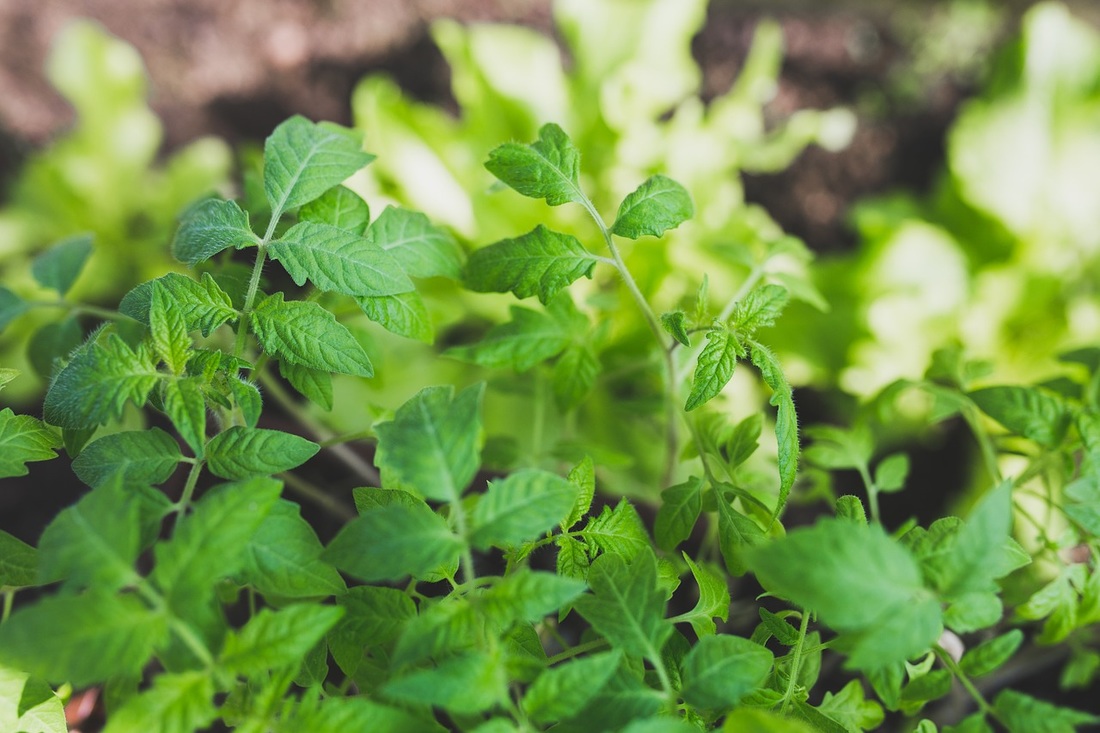- Home
- Garden Thyme Blog
- Themes
- Flowers
-
Veggies
-
Warm Season Vegetables
>
- About Beans >
- About Corn >
- Cucumbers >
- Melons
- Peppers >
- Squash >
-
Tomatoes
>
- How to Harden Off Tomato Plants
- How (and when) to Prune Tomatoes
- Magnesium Sulfate (Epsom Salt) for Tomatoes
- Blossom End Rot in Tomatoes
- Growing Cherry Tomatoes in Hanging Baskets
- 4 Best Tomatoes for Short Seasons - Early Tomatoes
- 5 Early Maturing Tomatoes for Short Season Gardening
- How to Ripen Green Tomatoes
- How to Make Sun-Dried Tomatoes at Home
- How to Grow a Pomato Plant
-
Cool Season Vegetables
>
-
Warm Season Vegetables
>
- Herbs
- Gardening Basics
- Garden Pests
- Birds
- Fiddleheads and Fairies
- About Us
- Contact Us
- How to Marinate Roasted Vegetables
|
If you have been gardening for a while, you probably have a list of your favorite tomato varieties and wish you could keep them growing all year long. Seed catalogs and garden supply stores want you to think you need to depend on them for your seedlings or to order those special seeds each year. The truth is: There is another way. Tomato Secret #1 - Tomato Plants are Perennials and Do Not Need to Die Off in the Fall!Tomato plants are actually tender perennials that will grow for several years in tropical regions.and only die off in Maine because of the cold winters. That means you can cut back tomato plants grown in containers in late summer or early fall and keep them alive all winter inside your home. Follow these steps if you decide to give it a try.
Tomato Secret #2 - You Don't Need Seeds to Propagate Tomato Plants!Taking cuttings from healthy tomatoes plants will produce plants identical to the parent plant. That means you can start your own seedlings and don't need to rely on the greenhouse or garden supply store. By taking cuttings now you can start new plants and keep them alive during the winter to plant them in the spring. Here's what you will need to do.
Note: You can root tomato cuttings in a glass or vase of water, but the roots may be brittle causing stress to the plant when you pot it in soil. Rooting them in soil encourages strong root formation. The object should be to keep the tomato plants alive throughout the winter so you can plant them in the garden in the spring. I intend to give it a try this year. If you enjoy experimenting with your garden, I encourage you to give it a try too. Remember you don't need hoards of plants, but trying two or three to see how well it works for you may prove fruitful.
0 Comments
Leave a Reply. |
For more nature photography, check out my photography site.
|
Copyright © 2014 Nannette Richford
- Home
- Garden Thyme Blog
- Themes
- Flowers
-
Veggies
-
Warm Season Vegetables
>
- About Beans >
- About Corn >
- Cucumbers >
- Melons
- Peppers >
- Squash >
-
Tomatoes
>
- How to Harden Off Tomato Plants
- How (and when) to Prune Tomatoes
- Magnesium Sulfate (Epsom Salt) for Tomatoes
- Blossom End Rot in Tomatoes
- Growing Cherry Tomatoes in Hanging Baskets
- 4 Best Tomatoes for Short Seasons - Early Tomatoes
- 5 Early Maturing Tomatoes for Short Season Gardening
- How to Ripen Green Tomatoes
- How to Make Sun-Dried Tomatoes at Home
- How to Grow a Pomato Plant
-
Cool Season Vegetables
>
-
Warm Season Vegetables
>
- Herbs
- Gardening Basics
- Garden Pests
- Birds
- Fiddleheads and Fairies
- About Us
- Contact Us
- How to Marinate Roasted Vegetables
